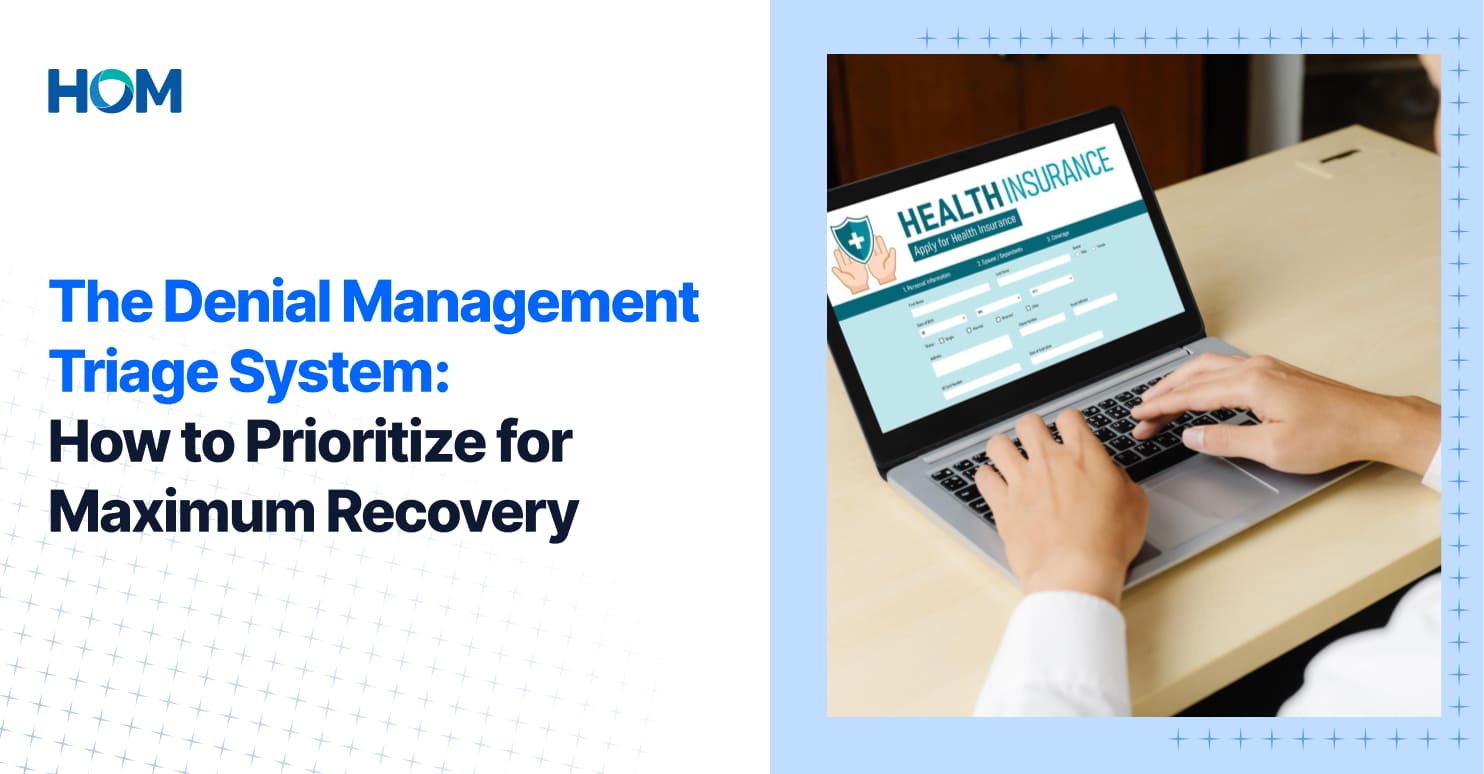
In many medical records, “asthma” is documented as a single-word diagnosis. Under the V28 HCC model, the lack of specificity carries real consequences. For example, a patient with severe persistent asthma and status asthmaticus maps to HCC 279. If the note only says “asthma,” no HCC is triggered.
This documentation gap creates immediate consequences:
- Revenue leakage: RAF scores fail to truly reflect actual disease burden, resulting in long-term underpayment.
- Clinical blind spots: Care teams see only a "stable asthma patient," overlooking the real threats of recurrent exacerbations and diminished lung function.
- Compliance exposure: Documentation lacking MEAT criteria (Monitor, Evaluate, Assess, Treat) cannot withstand MRA audit review, leaving organizations vulnerable to denials.
This gap eventually compromises both revenue integrity and patient care excellence.
Clinical Reality: V28 Demands Precision
The V28 HCC model places sharper weight on diagnostic precision and specificity. For asthma, this means providers must document:
- Exact severity: Mild, moderate, or severe persistent (avoid “unspecified”).
- Frequency of symptoms: Daytime and nighttime patterns.
- Impact on life: Missed work, ER visits, activity restrictions.
- Treatment plan: High-dose inhalers, biologics, systemic steroids.
- Complications: Exacerbations, hospitalizations, or status asthmaticus.
Key ICD-10 codes for asthma severity are:
- J45.50 – Severe persistent asthma, uncomplicated
- J45.51 – Severe persistent asthma with (acute) exacerbation
- J45.52 – Severe persistent asthma with status asthmaticus
When executed well, documentation excellence produces parallel improvements in:
- Revenue Integrity: Specific asthma documentation ensures HCC 279 is correctly triggered, protecting risk-adjusted payments and preventing chronic underpayment for high-risk populations.
- Patient Care Excellence: By capturing severity and complications, care teams adjust therapy, increase monitoring, and build preventive action plans. This reduces ER visits, lowers readmissions, and strengthens quality metrics.
Under the V28 model, every "asthma" notation represents either a revenue opportunity captured or lost. The difference lies in documentation specificity that serves both financial and clinical objectives.
Ready to strengthen your V28 performance? Request an HCC coding audit with HOM today.
Bring a change to your Healthcare Operations
A partnership with HOM gives you an inherent:
Connect with our experts for a quick analysis and possibilities.

















